Description
ABB PFTL101A-1.0KN (3BSE004166R1) – Magnetoelastic Pressductor Load Cell for Web and Strip Tension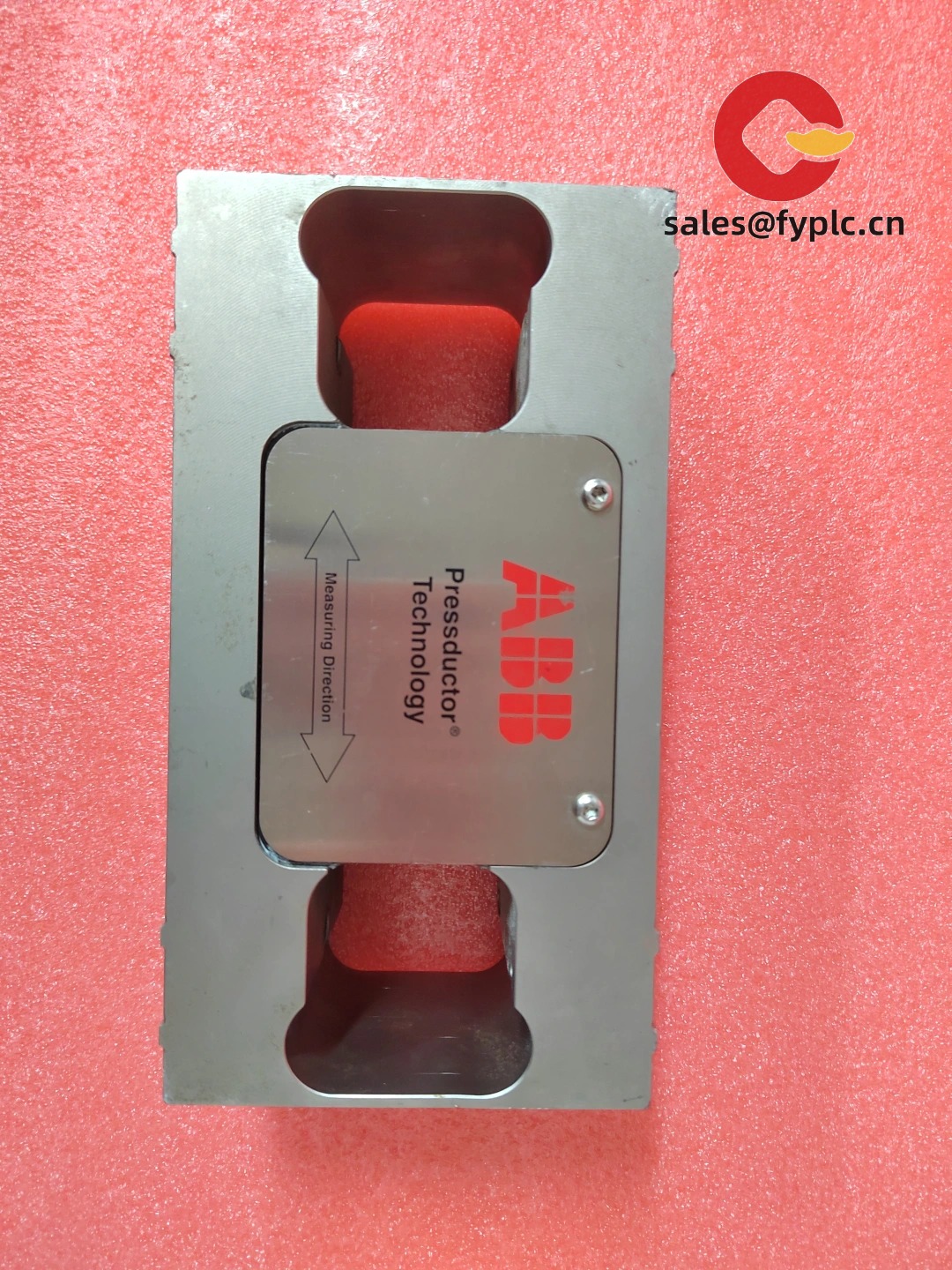
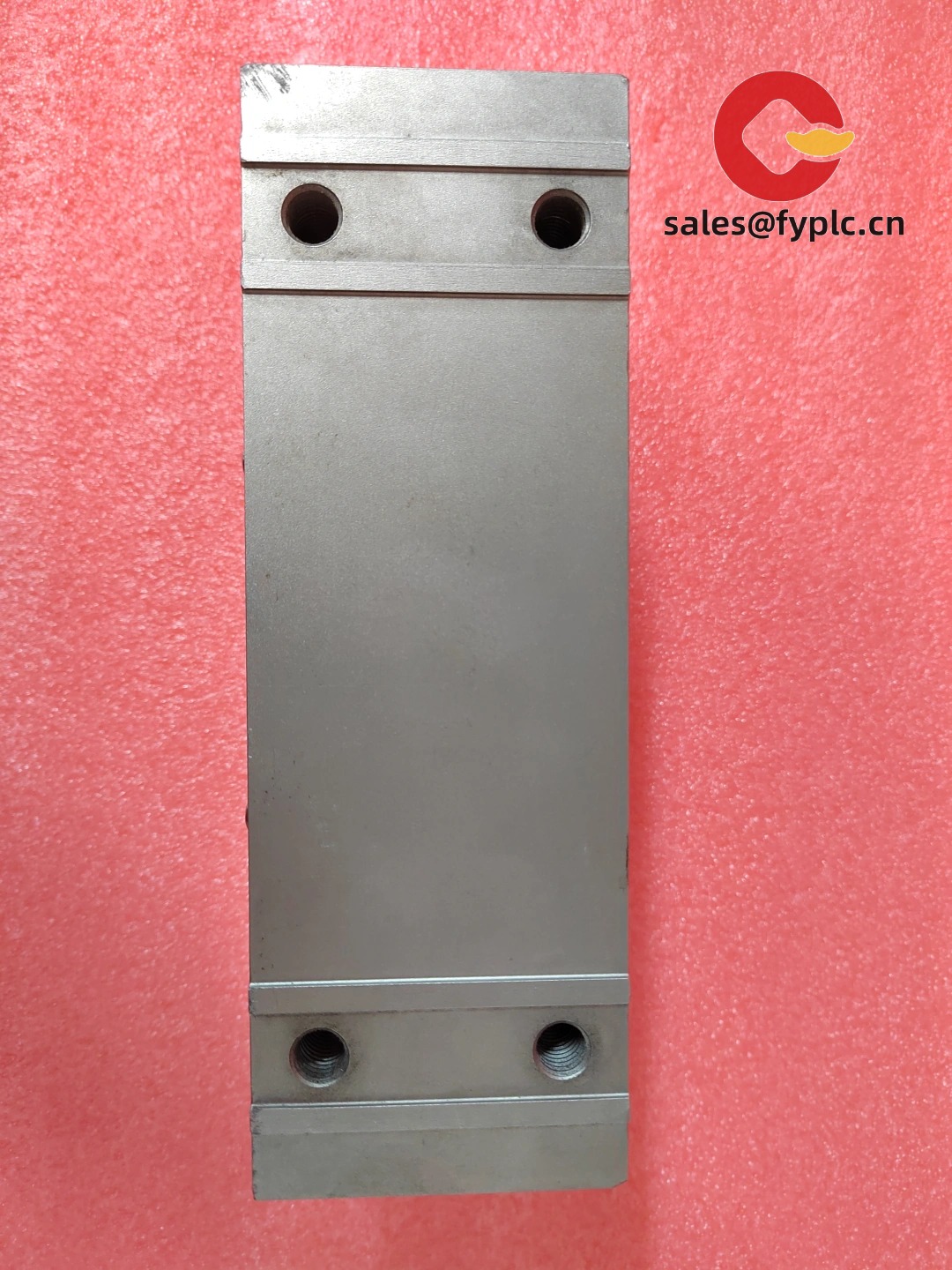
The ABB PFTL101A-1.0KN is a compact Pressductor tension transducer designed for accurate web and strip tension measurement around the 1 kN range. From my experience, this is the sensor many lines adopt when they want stable readings in unwind/rewind and process sections without the drift you typically see in conventional strain‑gauge cells. It pairs with ABB tension electronics (PFEA series) to deliver clean, low-noise tension signals for closed-loop control.
Order Placement Process and Guarantees
- Warranty: 365 days coverage
- Delivery: 1 week if in stock; no more than 1 month at the latest
- Payment: 50% advance payment; full payment before delivery
- Express options: FedEx, UPS, DHL
Key Features
- Magnetoelastic (Pressductor) technology: Robust, drift‑resistant measurement that stays stable with vibration and temperature swings.
- 1.0 kN rated capacity: Suits light to medium web tensions in paper, film, foil, textile, and narrow metal strip lines.
- High overload tolerance: In many cases, Pressductor cells handle accidental overloads better than strain‑gauge designs, reducing unplanned stops.
- Pairing with ABB PFEA electronics: Simple wiring to ABB PFEA 111/112 modules that provide 0–10 V or 4–20 mA outputs for drives/PLCs.
- Rugged stainless housing: Typically sealed for harsh industrial environments where humidity, oil mist, or dust would challenge a standard cell.
- Pillow‑block installation: Designed to sit under bearing housings on measuring rollers; you might notice it simplifies retrofit work on existing frames.
Technical Specifications
| Brand / Model | ABB PFTL101A-1.0KN (Part No. 3BSE004166R1) |
| Measurement Principle | Magnetoelastic Pressductor (force sensing via magnetic permeability change) |
| Rated Capacity | 1.0 kN nominal |
| HS Code | 9031.80 (indicative; classification may vary by country/usage) |
| Power Requirements | Passive transducer; excitation supplied by ABB PFEA tension electronics |
| Signal I/O Type | Differential AC carrier signal to PFEA module; system outputs via PFEA (0–10 V / 4–20 mA) |
| Operating Temperature | Typically −10 to +70 °C |
| Ingress Protection | Typically IP67 sealed construction |
| Communication Interfaces | None on transducer (interfaces provided by external electronics) |
| Installation Method | Bolt-on under pillow-block bearings on a measuring roller; orient to measure resultant web force |
| Compatible Electronics | ABB PFEA 111 / PFEA 112 tension electronics |
Application Fields
You’ll typically see the PFTL101A-1.0KN on web handling machines where stability matters more than headline resolution. Typical placements include:
- Paper, tissue, and board unwind/rewind stands
- Plastic film and foil lines (blown film, cast film, metalized film)
- Printing, coating, laminating, and slitting sections
- Textile webs and nonwovens with light tension ranges
- Light-gauge metal strip, wire, and cable processing
- Battery electrode coating and diode cutting lines where drift-free tension is critical
One thing I appreciate is how forgiving the Pressductor design is when the frame isn’t perfect. A converter OEM told us they swapped out strain-gauge cells on a coating line and immediately saw less drift after heat-up and fewer recalibrations during long runs.
Advantages & Value
- Reliability under real plant conditions: Stable signals despite temperature, vibration, and bearing preload variations.
- Lower lifecycle cost: Fewer replacements thanks to high overload tolerance and robust housing, which in many cases means lower downtime.
- Seamless integration: Works directly with ABB PFEA tension electronics for analog outputs to PLCs and drives.
- Compatibility and retrofit ease: Pillow‑block mounting simplifies upgrades on existing rollers.
- Global support: ABB ecosystem and documentation make it straightforward for maintenance teams to keep spares aligned.
Recommended Companion Components
- ABB PFEA 111 / PFEA 112 Tension Electronics: Supplies the carrier excitation to the PFTL sensor and provides conditioned outputs (0–10 V / 4–20 mA) for control systems.
- Measuring Roller / Bearing Set: Proper roller stiffness and low-friction bearings improve signal linearity and repeatability.
- Shielded Cable and Junction Box: For low-noise signal routing in cabinets with high EMI from drives.
Installation & Maintenance
- Mounting: Install under pillow-block bearings on a rigid, flat frame surface. Align the sensing axis with the resultant web force. Tighten mounting bolts to the recommended torque.
- Environment: Keep cable runs short and shielded. Ground at one end to avoid ground loops. Avoid strong external magnetic fields near the sensor body.
- Panel/Cabinet for electronics: Place PFEA modules in a ventilated control cabinet (observe standard industrial panel practices for spacing and EMC).
- Wiring: Use twisted, shielded pairs between the sensor and PFEA. Separate from motor/drive power cables.
- Commissioning: Zero the system with the web off the roller. Calibrate using a known test load or a wrap test; verify both directions of force.
- Routine care: Inspect bolts, bearings, and cable glands quarterly. Clean with non-aggressive solvents. Check zero/span annually and update PFEA firmware if applicable.
- Safety: Lock out/tag out before mechanical work. Support the roller to remove load from the transducer prior to removal.
Quality & Certifications
- Certifications: CE conformity; RoHS-compliant construction; manufactured under ISO 9001 quality systems
- Warranty: 365-day warranty from our supply; ABB’s standard manufacturer terms typically apply where relevant
- Traceability: Model PFTL101A-1.0KN, Part No. 3BSE004166R1
If you’re sizing a new station or retrofitting, share your roller load, wrap angle, and expected tension range. We can quickly confirm the 1.0 kN choice or suggest a neighboring range in the PFTL 101/201 family so you get the best signal utilization without compromising safety margin.

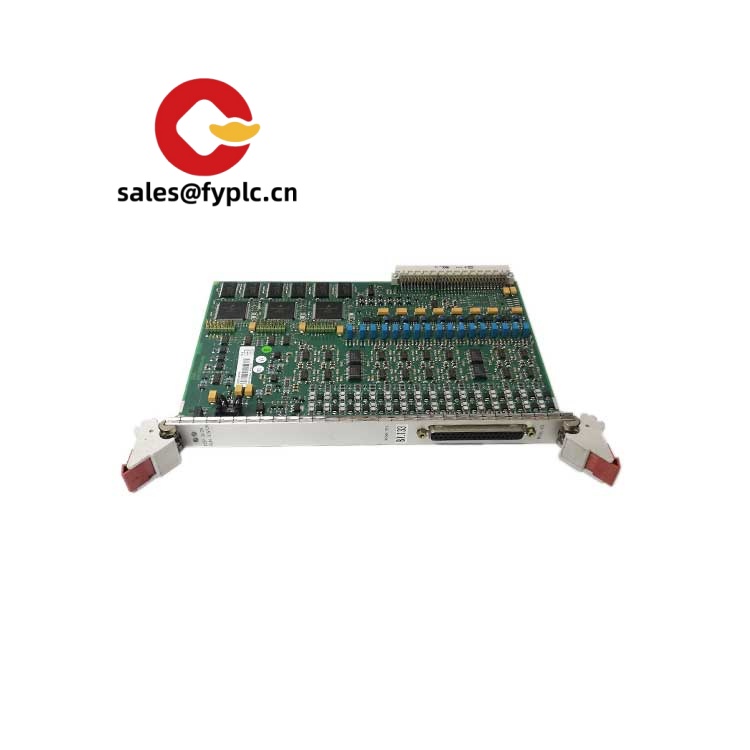


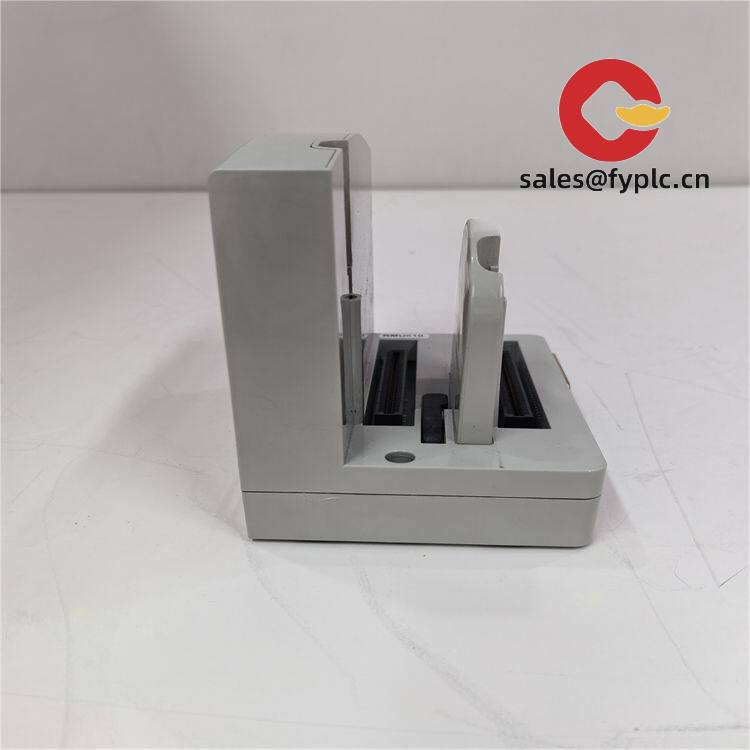
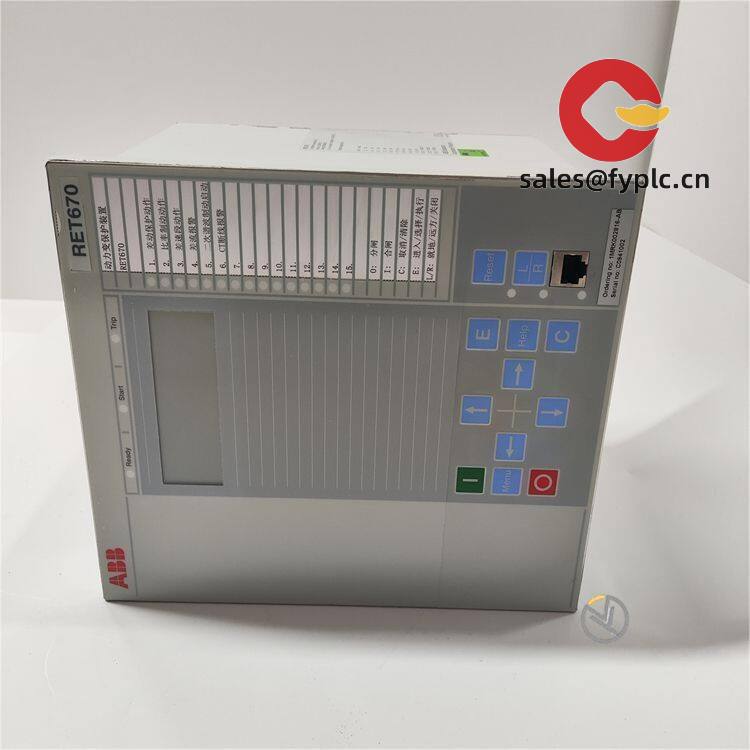
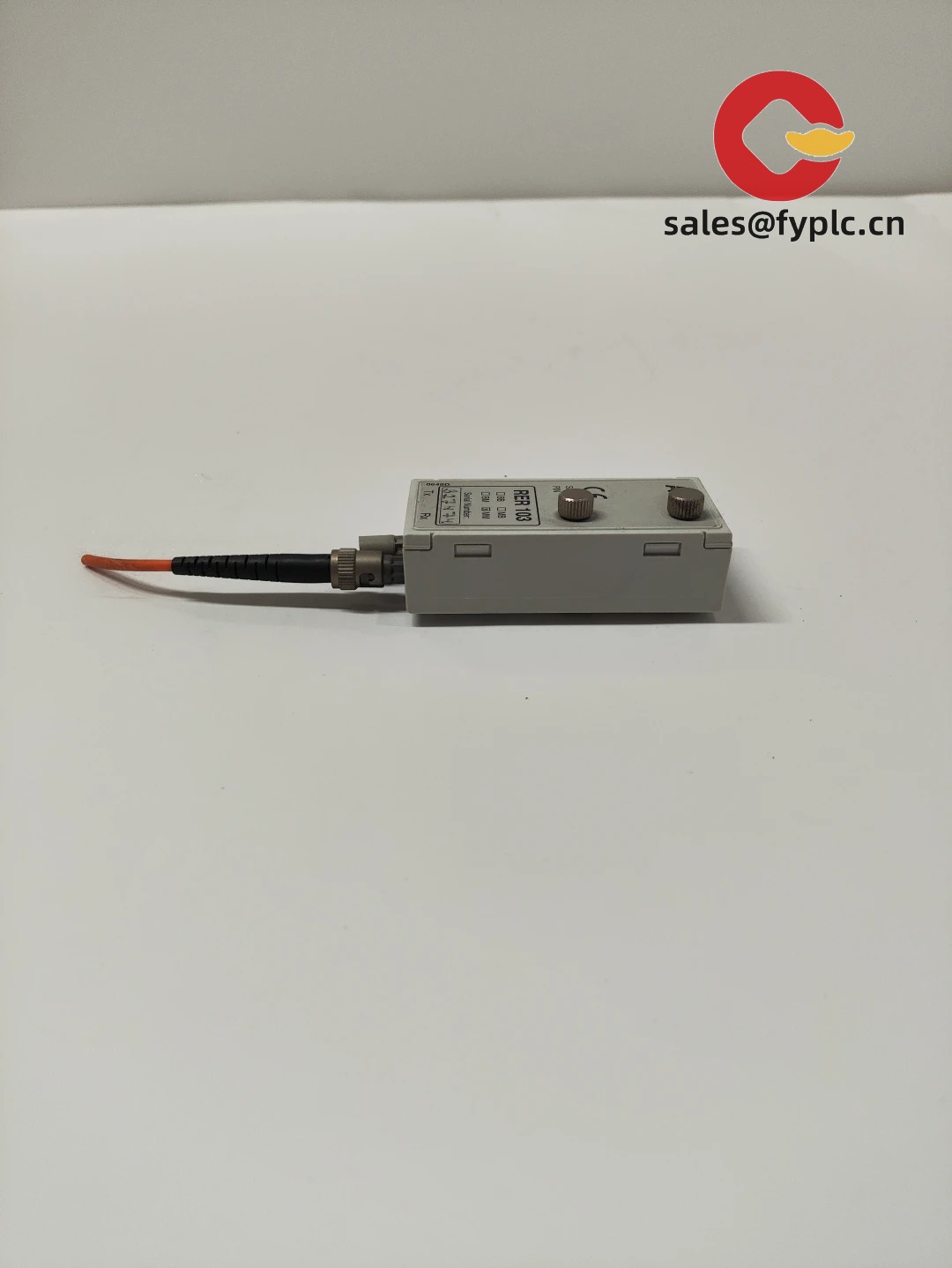
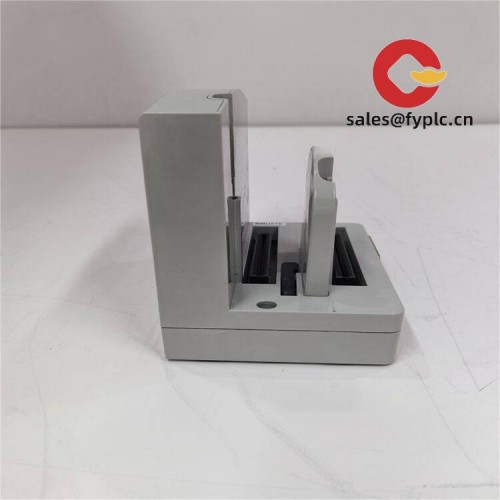
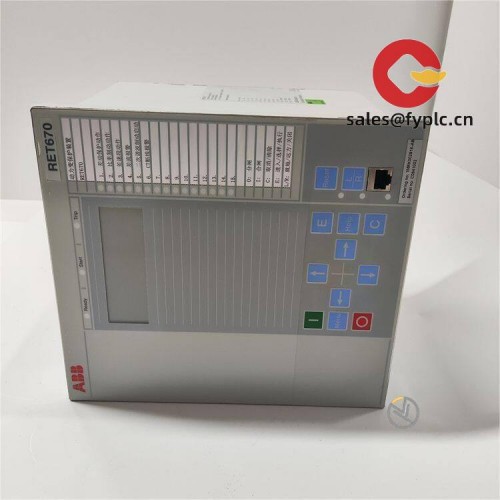


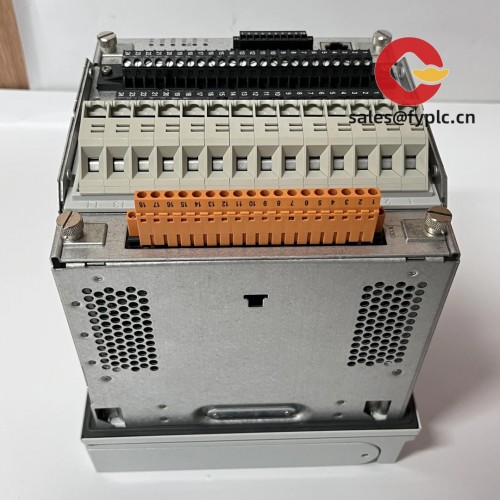


Reviews
There are no reviews yet.